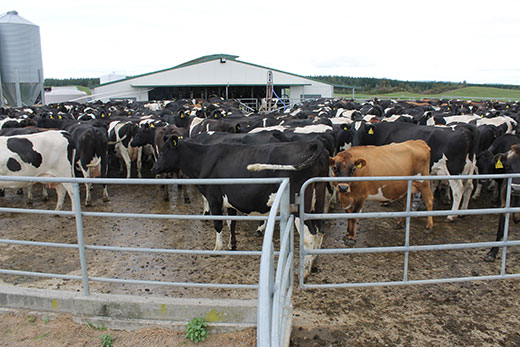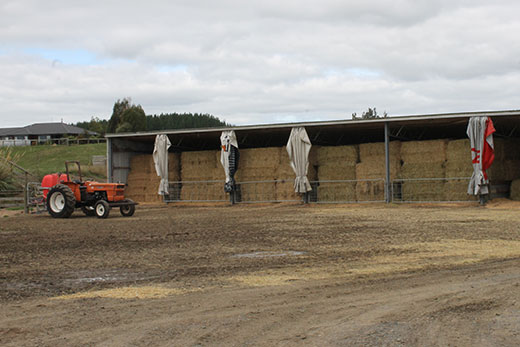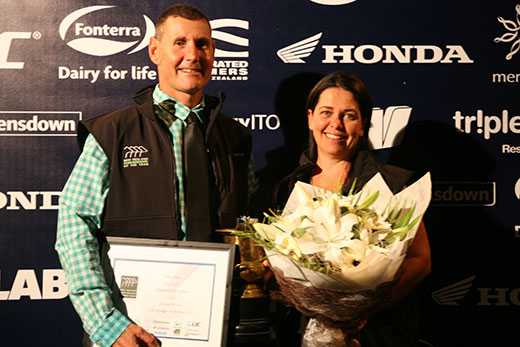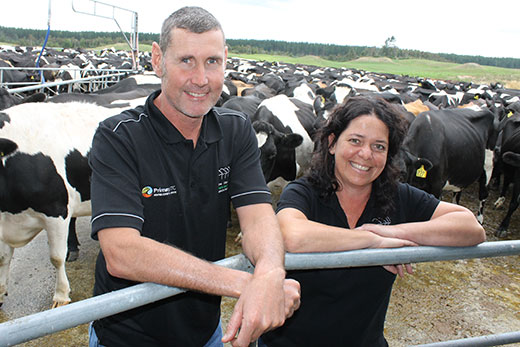Running adventure sports events for children in South African townships is vastly different from milking cows on a dairy farm near Tokoroa.

A herd of 650 cows is milked on the Tokoroa farm owned by Ian and Margaret Elliot and John and Erica Trebilco.
Silage aroma
However, the family still has close links to South Africa, where they helped many talented youngsters progress to academies to learn life skills and find employment.
It was an unusual aroma which made Elri realise New Zealand was home. “We had been back to South Africa for a visit, and when we returned [to New Zealand] I couldn’t believe how nice the silage smelt,” she laughs.
Family is highly important to the couple. “We know the time we have with our children while they are young is short so we want to make the most of it,” says Elri.
They also recognise the importance of family for their two full time staff, which is why the farm has a roster of 12 days on and two days off. Extra help is brought in during calving. “It’s full-on and the extra help takes some of the pressure off,” says Elri.
“Before the calving and mating season begins we make sure staff have a break away from the farm, so everyone is fresh and rested,” adds Nathan.

Straw is brought in to feed cows alongside crops to avoid acidosis.
Sustainable plan
Conversion of the farm, which is 80 per cent flat and 20 per cent rolling, was complete before the couple began working there, but it has yet to reach its full potential so careful pasture management is important.
Olsen P, K, and pH levels are increasing. Developing the farm fully, including increasing fertility over time, are part of the owners’ sustainable milk plan.
Swedes and kale are grown for supplementary feed on the system 3-4 farm.
“We feed straw to the cows when they are on the crops to avoid problems with acidosis.” Grass silage is made, usually in November and January.
At an altitude of around 500m, spring begins around three to four weeks later than in other areas.
“The development of the farm is excellent, with a central race system which makes moving stock easy,” says Nathan.

Supplementary feed
A modern 50 bale rotary dairy is well placed on the farm for ease of access and there’s no problem getting cows to step on board to be milked.
“They just love the supplementary feed they each get. If, for some reason, we occasionally run out, the cows really let us know they are not happy.”
Eighty hectares of the farm is irrigated with dairy shed effluent, well in excess of what is required. Elri and Nathan entered the dairy awards for the first time last year, placing second, and say the experience was valuable.
They are continually impressed at the generosity within the dairy industry to share information and encourage people to succeed.
“Through the awards we got advice from leaders within the industry and were able to surround ourselves with positive people,” says Elri.
They are also grateful for the support, advice, and encouragement of Ian and Margaret Elliot and John and Erica Trebilco.
While owning a farm of their own is not on their long term plan, Nathan and Elri want to be 50 per cent sharemilking 400 cows in 2016.




0 Comments
Leave a Comment